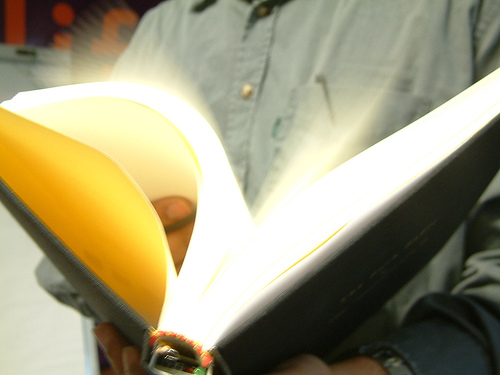FCC Spectrum Analysis Reports and Reactions

WASHINGTON: The FCC this week released its third technical paper on radio frequency spectrum reclamation this week. The commission continues to push its intention to take 120 MHz of spectrum away from TV broadcasters and reallocate it for wireless broadband. The 57-page paper purports to set forth a technical strategy for reallocation. TVB compiled a summary of coverage and reaction to the paper,“Spectrum Analysis: Options for Broadcasting OBI Technical Paper No. 3”
Industry expert and renowned transmitter engineer Doug Lung parsed the paper as only he can. Lung said that with all due respect to the FCC engineers, “Critical information is missing and conclusions are presented as fact when data doesn’t support them. The analysis glosses over data that refutes the National Broadband Plan’s recommendation for taking away broadcast spectrum and makes unjustified assumptions to support them.” See “Doug Lung Picks Apart Latest FCC Spectrum Analysis.”
Julius Knapp of the FCC emphasized “two critical points” of the technical paper: “First, any contributions of spectrum by TV broadcasters to an incentive auction will be voluntary. Second, consumers will continue to have access to free over-the-air TV broadcasting service and every effort will be made to minimize any losses of service due to repacking of the TV broadcast band.” See “Looking Under the Hood: Technical Paper on Options for Broadcast Spectrum.”
Broadcasting & Cable’s John Eggerton points out the contradiction between the FCC’s assertion that there are plenty of broadcast outlets for spectrum-reclamation purposes, but not enough to deregulate media ownership. He also notes that broadcasters in smaller markets may not see any auction proceeds in exchange for spectrum. Airwaves are not as crowded in smaller markets as they are in major ones. See “FCC Details Spectrum Proposals.”
The CTIA-The Wireless Association, the membership of which stands to gain a spectrum windfall, thanked the FCC for the technical paper.
“We have long advocated for efficient use of spectrum, most recently highlighting for the Commission the vast swaths of broadcast spectrum that go unused by broadcasters. For example, in the District of Columbia, only 102 out of 294 MHz are used by full-power broadcasters which means 192 MHz lays fallow. This can, and should, be addressed. Investigating how to reallocate some of that spectrum makes complete sense and the paper identifies mechanisms to make that happen.” See “CTIA Thanks FCC for Releasing Broadcast Spectrum Technical Paper.”
We speculate the National Association of Broadcasters deleted their first expletive-laden e-mail response and instead issued the following statement: “NAB is reviewing the paper and looks forward to working constructively with the FCC on fact-based findings, mindful of the importance and enduring values of free and local television to the American people.” There’s nothing more to see on this one.
The Consumer Electronics Association used the verb “applauds.”
“CEA applauds the Commission for this important technical paper, which makes a compelling factual case for all stakeholders to embrace the voluntary auction of underused broadcast television spectrum to address our nation’s looming mobile broadband crisis.” See “CEA Applauds the FCC for Continuing Its Work to Address Our Nation’s Looming Mobile Broadband Crisis.”
Veetsat the AVS Forum notes that some of the FCC’s assumptions are based on improvements in MPEG-2 encoding. Better look at the pictures first, Veets says: “ABC and CBS both consider their broadcasts to be HD. However, ABC uses a maximum bit rate just under 13 Mbps on the main channel, and CBS consumes nearly 19 Mbps. As we know, the quality difference between them is huge. And Live Well, which isn't even watchable IMHO, uses less than 5 Mbps.
It is an interesting report and worth reading. However, the assumptions are flawed and as OTA stakeholders, we need to let these folks know that what they think might be working, isn’t.” See theAVS Forum thread.
The FCC has organized a “Broadcast Engineering Forum” to examine technical issues raised by the spectrum reallocation proposal. The closed gathering, scheduled for Friday, June 25, drew the ire of the Society of Broadcast Engineers, who were not invited to participate. SBE President Vinnie Lopez responded angrily:
“There seems to be a thinly veiled purpose in this meeting to co-opt broadcast television ownership in the FCC’s plan to reclaim and reallocate 120 MHz of free broadcast television spectrum for broadband services allocated by auction; likely exchanging over-the-air television reception which is free to the public for subscription-based services similar to those offered by cellular and telecom providers.” See “Dissed Broadcast Engineers Slam FCC.”
-- Deborah D. McAdams
The professional video industry's #1 source for news, trends and product and tech information. Sign up below.
